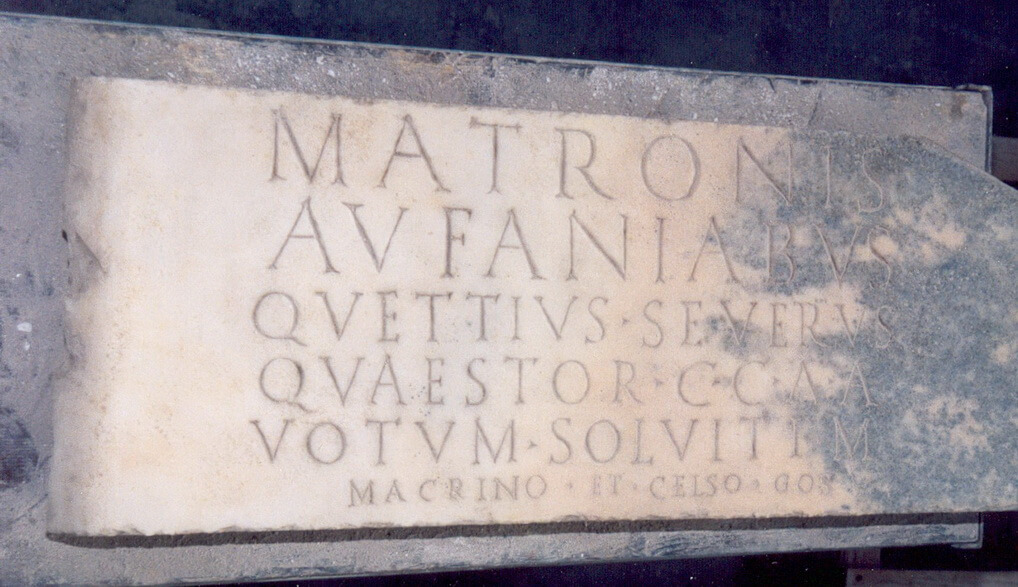
ITALIAN MARBLES
Italy’s luck is having been the beating heart of the Roman culture, a civilization that throughout its one thousand and two hundred years of history conquered the Mediterranean and all countries on it overlooking.
Ancient Romans’ luck was to have conquered the civilisation with the highest culture: the Greeks.
What’s important for us is that the Romans, thanks to the high level of culture of the Greeks in art, started building in Rome and in the conquered countries, new palaces, streets, bridges, monuments and sculptures that still amaze despite our modern technology. They were already able to distinguish “Lapides” and “Marmora” stones, the first ones suitable for masonry and the second ones for sculptures and ornamental reliefs. Most of their works were created using Lapides, stone material consisting in both simple but huge building stones and carefully shaped pieces used for complex projects. The Marmora, marbles, were used for important friezes and for sculptures. All those materials came from the Mediterranean basin and were symbol of the Empire’s magnificence.

Roman Empire
Since then every search of quality and prestige has been linked to the appropriate use of marbles with the research of colours, shapes and varieties that could amaze and enhance every building meant to express character and a leading function.
In the past, the choice of the most appropriate marble for a specific use was related primarily to the experience gained from the masters, title used to identify experts in construction, they were able to distinguish hardness, weather resistance and workability with hand tools of all different materials.
Today, this experience often passed down from father to son, got a bit lost, maybe because of the greater ease in working with modern techniques, or maybe because of the use of adhesives and sealants that often mask the defects but also because of a slow depletion of notions on the quality of each different material of those who process and use them.

Roman basrelief – carved by Arte 2000
Italy still represent the world focus for the extraction and processing of marble, even if in recent years Asian giants like China and India have reached and exceeded our production capacity.
The exquisite ability of Italian factory in processing marble is worldwide known, our skills, brilliance, fantasy and experience in creating artifacts and high quality products are highly appreciated.

Roman bust – carved by Arte 2000

Roman bust – carved by Arte 2000
Many others in addition to marble are considered as stone materials: granite, limestone, travertine, sandstone, tuff, beola, sarizzoi, trachytes, alabaster, pumice, lava, diorite, porphyry, slate, quartzite, syenites, diorites, basalts, peperini (volcanic tuff), gneiss … the Romans were the first who began to use them, and to date they still represent the jewel of our industriousness.
Marble works are one of the signs of civilisation that the Roman Empire left to all the conquered countries.
Editor’s note
This article contains general information. For questions and curiosities leave a comment below. If you wish to be contacted, please fill out the form.



